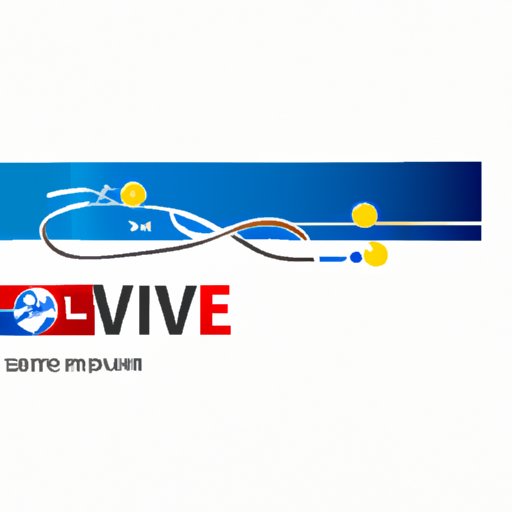Introduction: Examining the Decline of Cable TV
For decades, cable TV has been a mainstay in American households. But as streaming services become more popular, many people are considering cutting the cord and saying goodbye to traditional television. But what does this mean for the future of media? And how have streaming services impacted cable TV subscriptions? In this article, we’ll take a closer look at the decline of cable TV and explore what it means for the future of television.
Is Cable TV Becoming Obsolete in the Age of On-Demand Streaming?
Today, streaming services such as Netflix, Hulu, and Amazon Prime Video make it easier than ever to watch movies and TV shows anytime, anywhere. This convenience has made streaming services increasingly popular among consumers, who find themselves spending less time watching cable TV and more time binge-watching their favorite shows on demand. According to a 2017 report by Leichtman Research Group, the number of U.S. households that subscribe to a streaming service has almost doubled since 2010, with 28 percent of households now subscribing to at least one service.
But while streaming services are becoming more popular, cable TV subscriptions are on the decline. According to the same report, the number of U.S. households that subscribe to cable TV has declined by 8 million since 2011. This trend has been especially pronounced among younger viewers, with nearly half of 18-34 year olds now opting for streaming services instead of traditional television.

Pros and Cons of Cutting Cable TV
The decision to cut cable TV is never an easy one, and there are both benefits and drawbacks to consider. Let’s take a look at some of the pros and cons of cutting the cord.
Benefits of Cutting Cable TV
The most obvious benefit of cutting cable TV is cost savings. With streaming services, you can often get access to a wide range of content for a fraction of the price of a traditional cable subscription. Additionally, streaming services offer more content options than cable TV, allowing you to choose from a variety of movies, TV shows, and other entertainment. Finally, streaming services are generally more accessible than cable, allowing you to watch content on your computer, smartphone, or tablet.
Drawbacks of Cutting Cable TV
While there are many benefits to cutting cable TV, there are also some drawbacks to consider. One of the biggest drawbacks is the lack of live events. While streaming services offer a wide selection of movies and TV shows, they may not always have access to the latest live sports, news, and other events. Additionally, streaming services often have a limited channel selection, so if you’re looking for a specific channel or show, you may not be able to find it. Finally, streaming services can sometimes be prone to technical issues, such as buffering or slow loading times.
Conclusion
As streaming services become more popular, cable TV is on the decline. The decision to cut cable TV is never an easy one, and there are both benefits and drawbacks to consider. On the one hand, streaming services offer cost savings, more content options, and greater accessibility. On the other hand, there are drawbacks such as the lack of live events, limited channel selection, and technical issues. Ultimately, it’s up to each individual to decide whether or not cutting cable TV is right for them.
In summary, streaming services are changing the television landscape, and cable TV is on the decline. As more people opt for streaming services over traditional television, it’s important to consider the pros and cons before making a decision. While streaming services offer many advantages, they also come with some drawbacks. Ultimately, the choice of whether or not to cut cable TV is a personal one.


